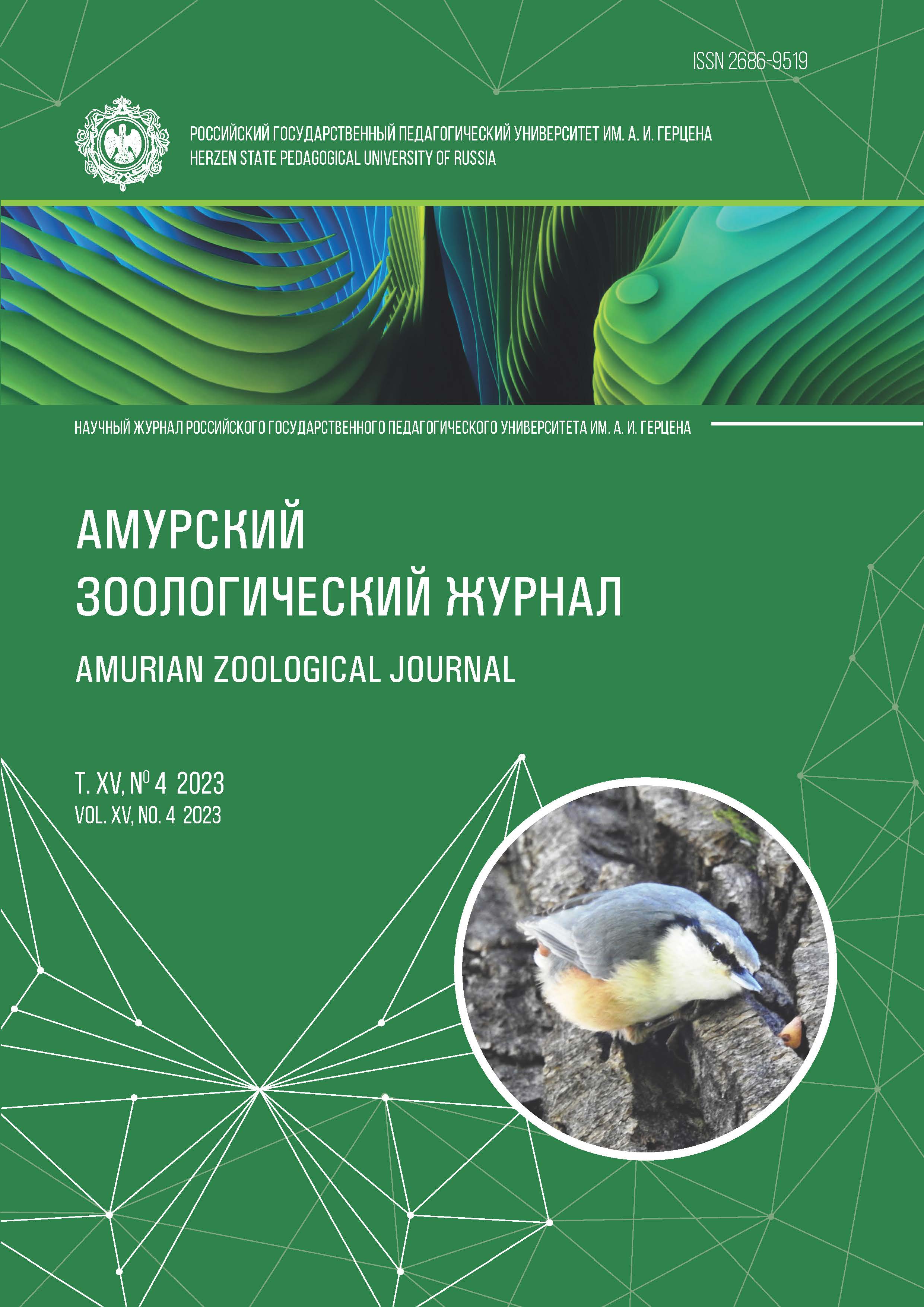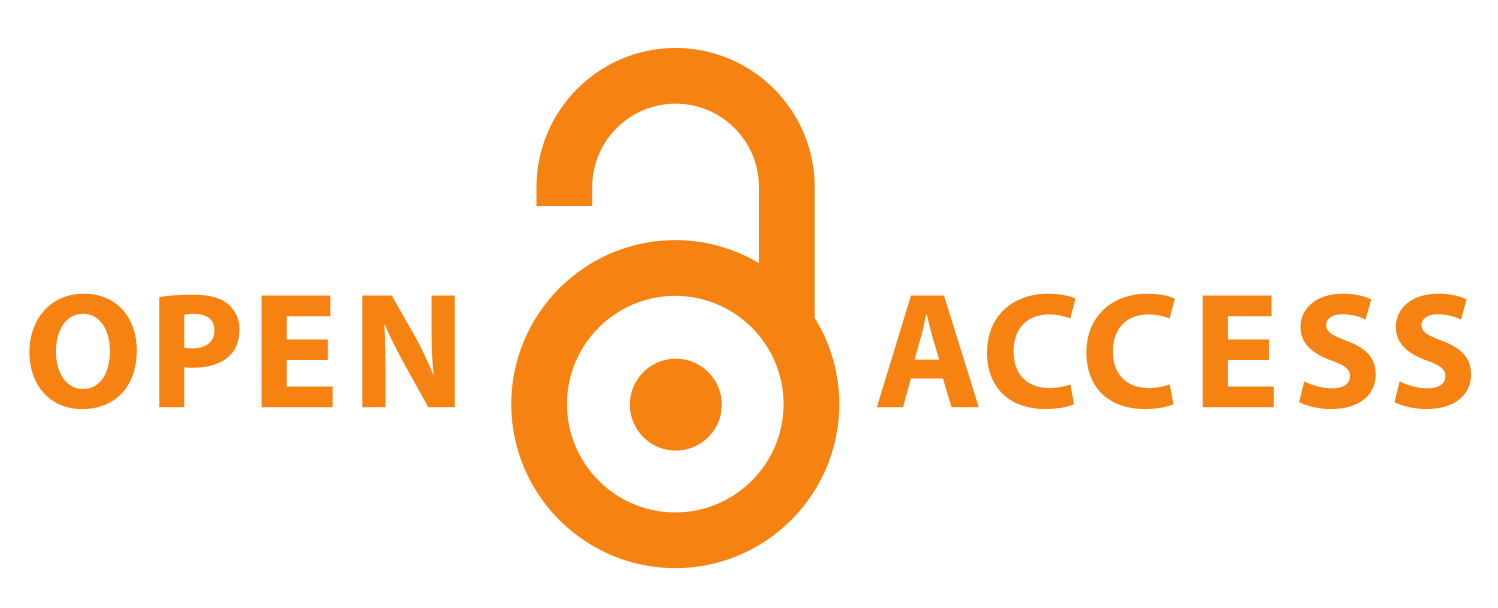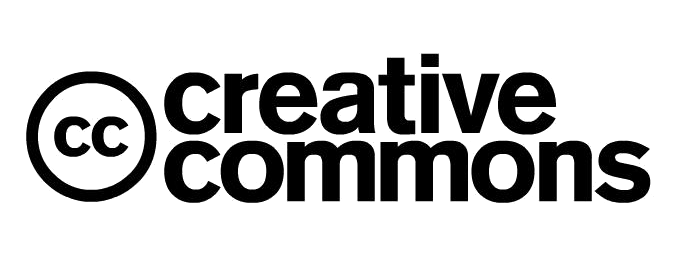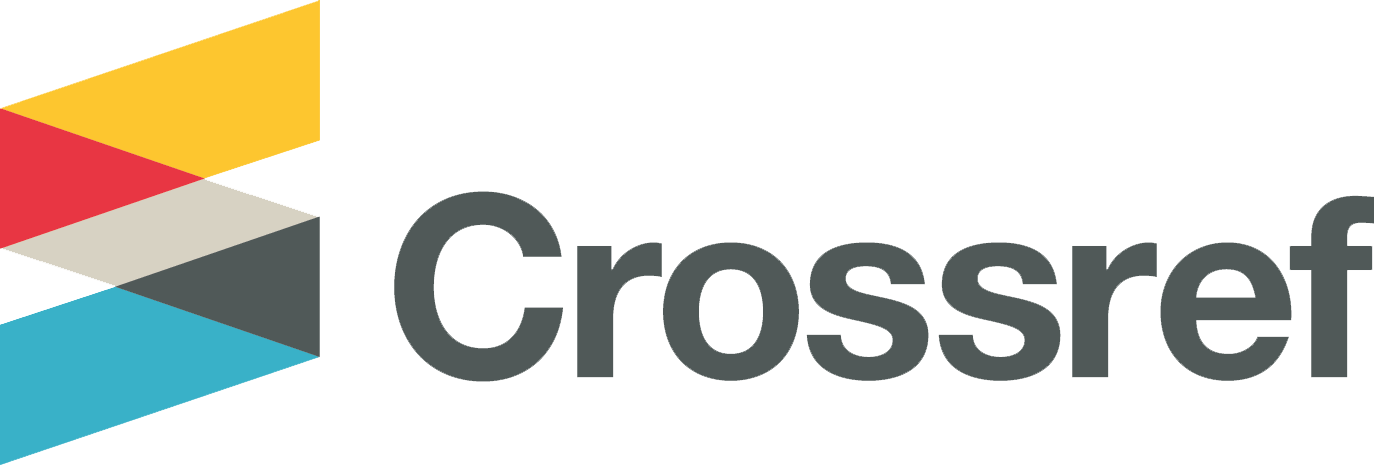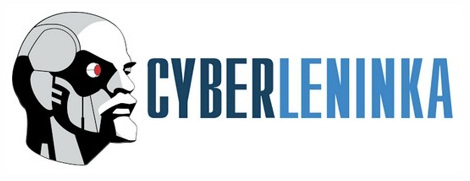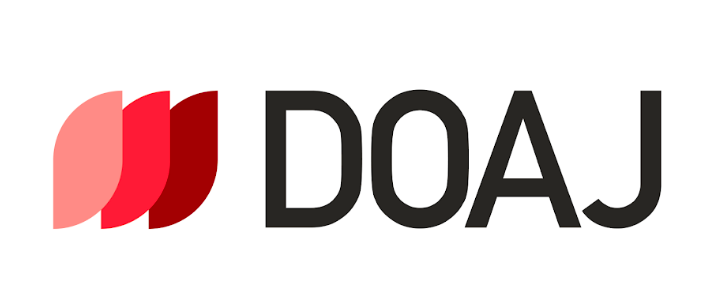Description of a new water mite species of the genus Atractides Koch, 1837 (Acari, Hydrachnidia, Hygrobatidae) from Kazakhstan
DOI:
https://doi.org/10.33910/2686-9519-2023-15-4-744-748Keywords:
Hydrachnidia, Hygrobatidae, Atractides, water mites, morphology, maleAbstract
An illustrated description of a new species Atractides turkestanicus sp. nov. from the Turkestan Region of Kazakhstan is given. Diagnostic features of the new species include the following characters: integument smooth; genital plate with 23–24 fine setae on each side, anterior margin straight; excretory pore smooth; P-2 with moderately large ventrodistal protrusion; P-3 longer than P-2, with four thick dorsal setae; P-4 sword seta between ventral setae; I-Leg-5 S-1- S-2 separation 12 μm.
References
Gerecke, R. (2003) Water mites of the genus Atractides Koch, 1837 (Acari: Parasitengona: Hygrobatidae) in the western Palaearctic region: a revision. Zoological Journal of the Linnean Society, vol. 138, no. 2-3, pp. 141–378. https://doi.org/10.1046/j.1096-3642.06-0.00051.x (In English)
Pešić, V., Smit, H. (2021) Water mites of the genus Atractides Koch, 1837 from Kyrgystan (Acari: Hydrachnidia: Hygrobatidae) with the description of six new species. Acarologia, vol. 61, no. 2, pp. 332–355. https://doi.org/10.24349/acarologia/20214434 (In English)
Tuzovskij, P. V. (1987) Morfologiya i postembryonal’noe razvitie vodyanykh kleshchej [Morphology and postembryonic development in water mites]. Moscow: Nauka Publ., 172 p. (In Russian)
Tuzovskij, P. V. (2022) Two new water mite species of the genus Atractides Koch (Acari, Hydrachnidia: Hygrobatidae) from Asia. Zootaxa, vol. 5188, no. 2, pp. 195–200. https://doi.org/10.11646/ZOOTAXA.5188.2.9 (In English)
Downloads
Published
Issue
Section
License
Copyright (c) 2023 Petr V. Tuzovskij

This work is licensed under a Creative Commons Attribution-NonCommercial 4.0 International License.
The work is provided under the terms of the Public Offer and of Creative Commons public license Creative Commons Attribution 4.0 International (CC BY 4.0).
This license permits an unlimited number of users to copy and redistribute the material in any medium or format, and to remix, transform, and build upon the material for any purpose, including commercial use.
This license retains copyright for the authors but allows others to freely distribute, use, and adapt the work, on the mandatory condition that appropriate credit is given. Users must provide a correct link to the original publication in our journal, cite the authors' names, and indicate if any changes were made.
Copyright remains with the authors. The CC BY 4.0 license does not transfer rights to third parties but rather grants users prior permission for use, provided the attribution condition is met. Any use of the work will be governed by the terms of this license.
